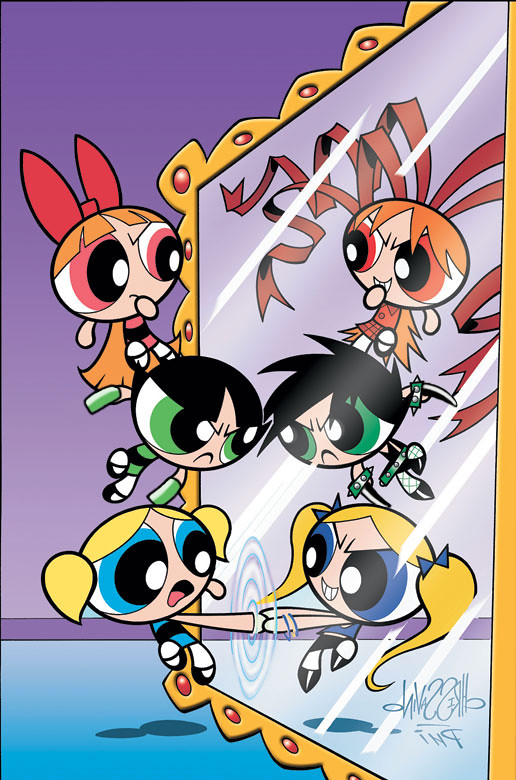From pre-colonial indigenous rites to Catholic, Chinese, and Muslim cultures, Philippine wedding tradition is a lovely fusion of local and foreign influences. However, despite having different cultural backgrounds, love and commitment https://www.mirror.co.uk/all-about/love is a common theme in Filipino wedding festivities.
A standard Filipino wedding, such as the pamanhikan, in which the groom’s family pays the bride a visit to publicly ask for her hand in marriage, was an extravaganza of folk rituals that took place longer before Spain colonized the Philippines. A babaylan would love the couple on the first day while holding their joined arms over a plate of grain. After that, the partners went back to their grove and enjoyed a delicious meal there until the next evening.

Most people in the Philippines still practice pamanhikan traditions now, but they do so with a more contemporary flair. To the babaylan’s home, the bride and groom may be led on distinct festivities while frequently carrying meal or plants as presents. The couple likely subsequently kiss and hug each other as the babaylan prays over the grain plate.
The brides will usually obtain a kalamay wash( a plate of sticky wheat sweets) from their friends https://asiansbrides.com/hot-filipino-girls/ during the reception. The grain is a representation of their vow to remain united throughout their marriage. Additionally, it serves as a way for them to express their gratitude for their assistance and participation in the wedding holidays.
The newlyweds will then dance during the money dance, also known as” the dollar dance.” The bride and groom’s friends and family gather in sherengas during this time to dance with them while having costs taped or pinched onto their clothes. The sum of income raised represents their blessings and well wishes for the brides.

